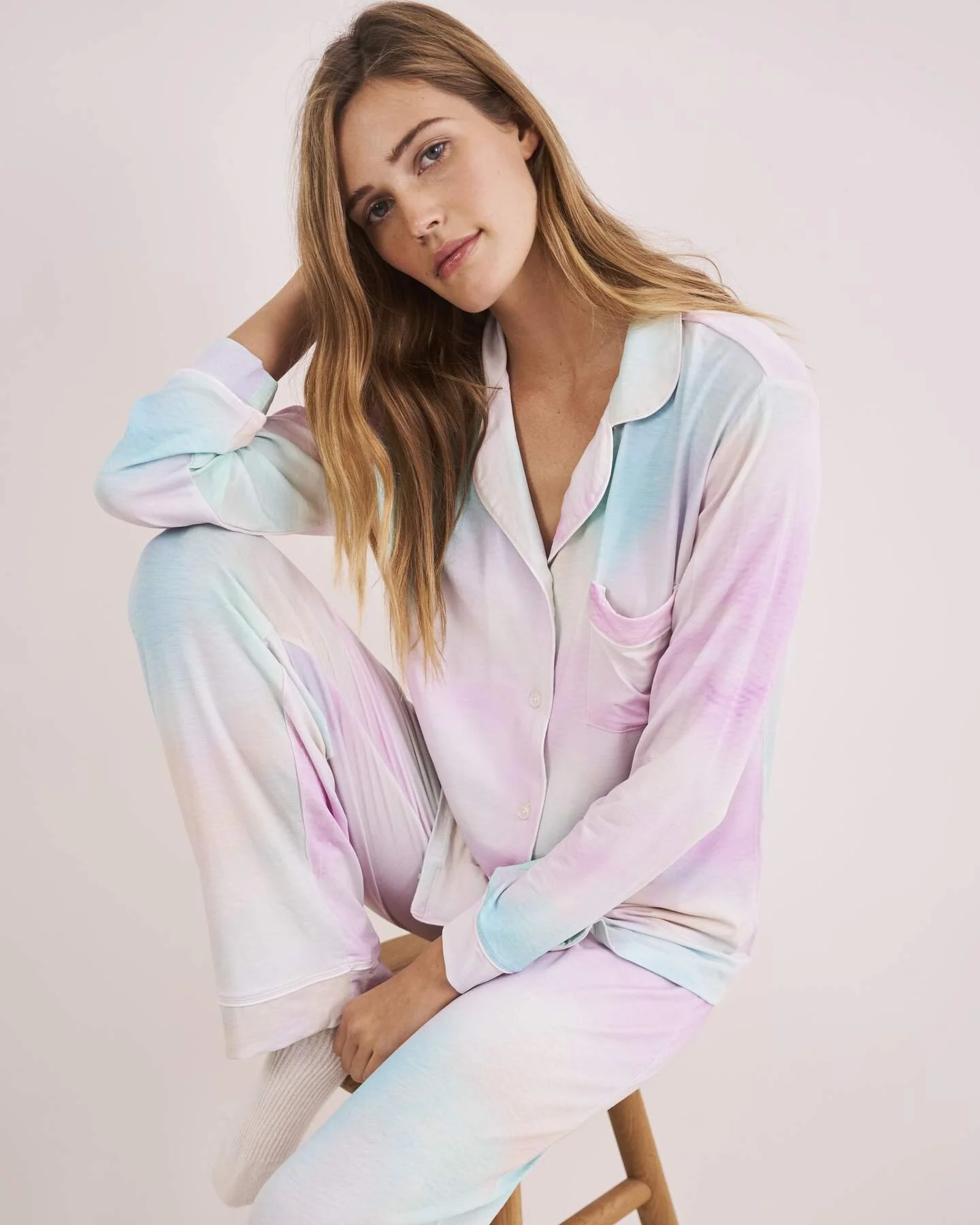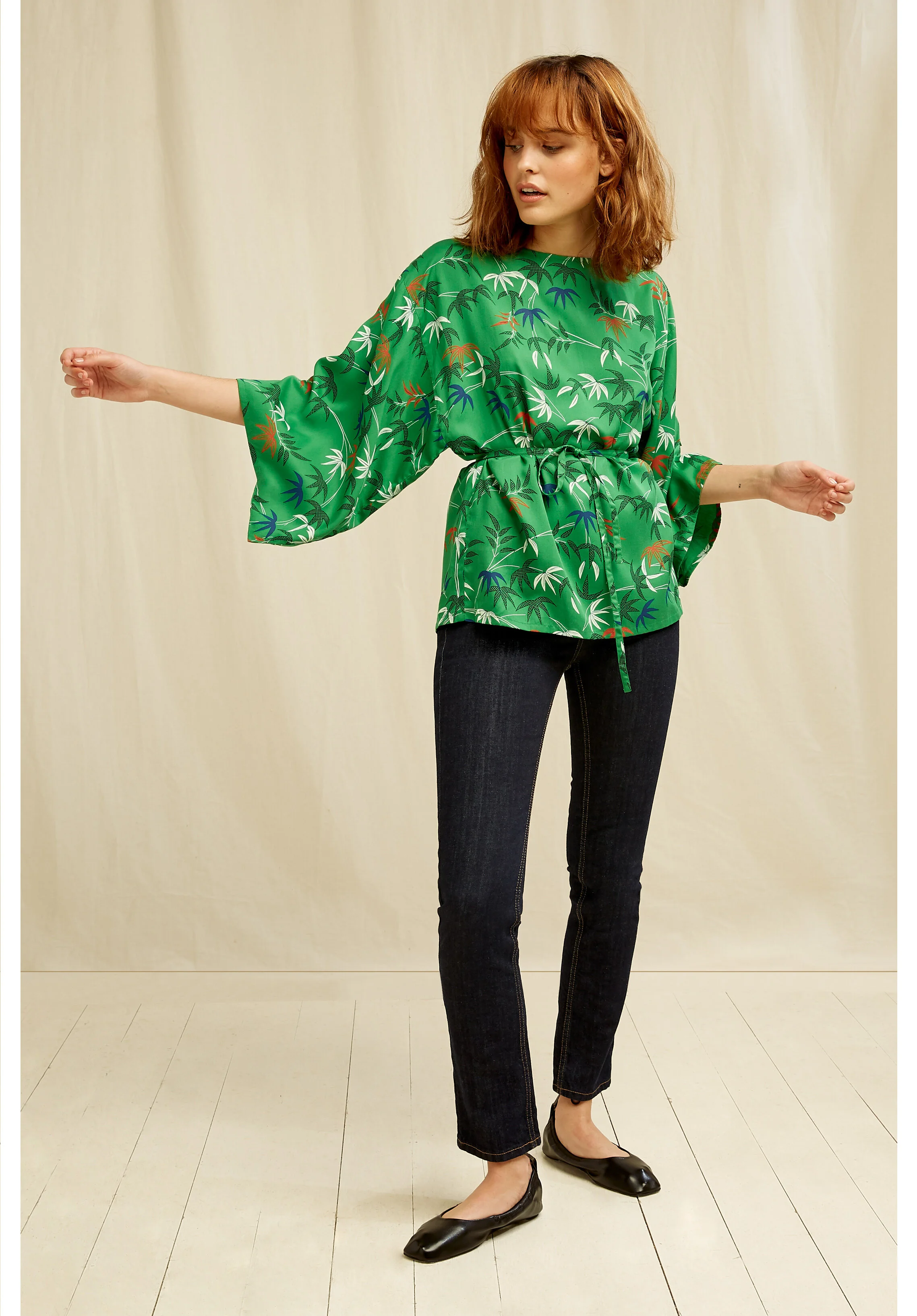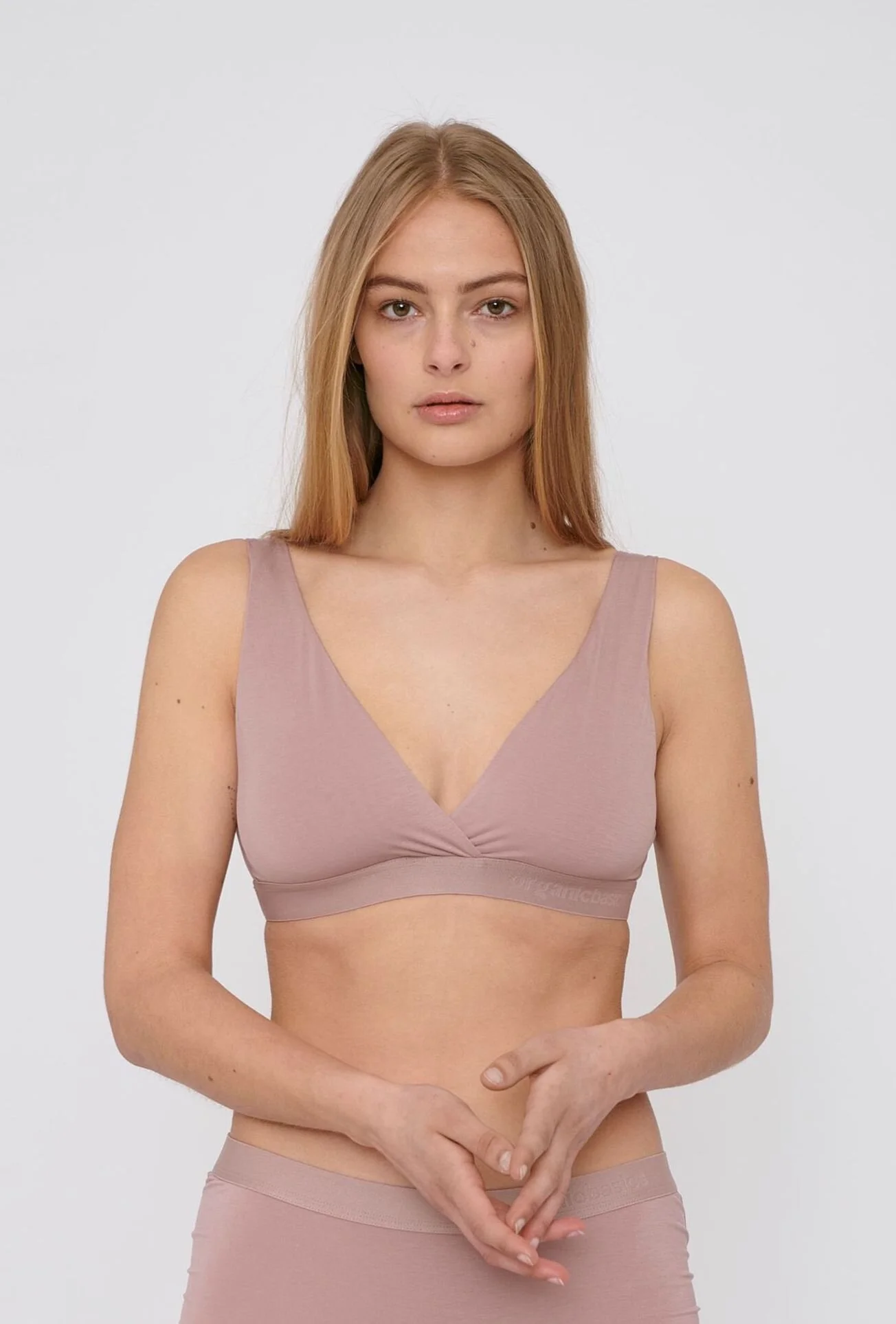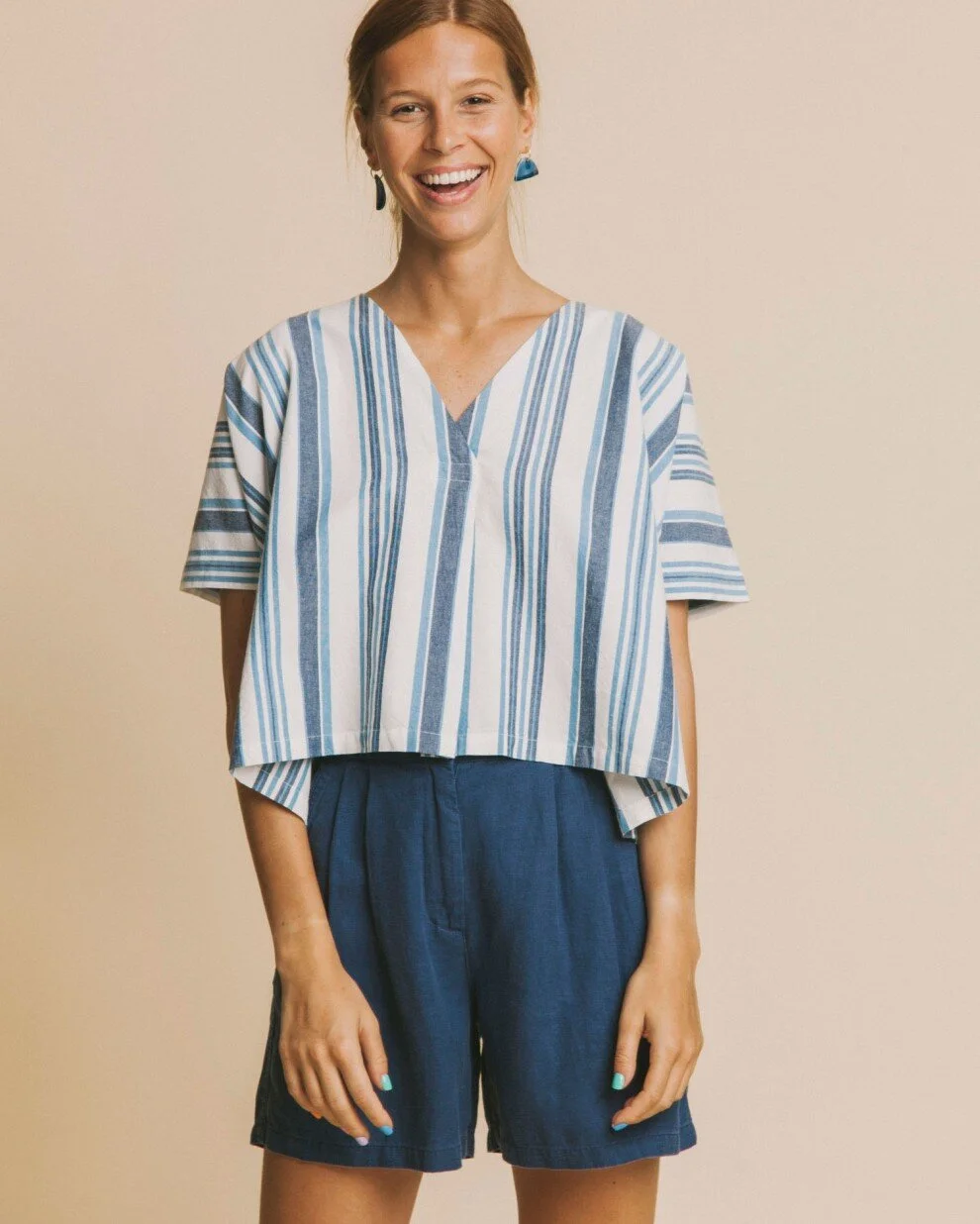FABRIC FOCUS: TENCEL™
It’s an exciting time within the fashion industry where sustainability is concerned. As with all industries, with demand comes innovation and with innovation comes creativity. The call for an eco approach has never been louder and in reply comes the creation of numerous new processing techniques and materials too.
An established brand that continues to deliver and impress is TENCEL™. Here I want to break down why TENCEL™ is such an interesting and important product for the industry so that, whether fully versed in fabric production or not, when you come across or seek out a garment made of TENCEL™ fibres in future potential purchases you can understand what you’re actually getting and some of the processes behind the pieces’ creation.
WHAT IS TENCEL™?
TENCEL™ is a brand that creates fibres made from renewable wood sources using highly sustainable production practices. The brand is part of the Lenzing™ Group, experts in ethical production of special fibres, with 80 years of history.
There are two types of fibre that sit under the TENCEL™ brand: TENCEL™ Modal and TENCEL™ Lyocell. Both fibres are used extensively in the industry thanks to their versatility (which I go into in more detail below) and used for everything from dresses to trainers, and from activewear to bedding. While modal and lyocell are part of a group widely known as ‘regenerated cellulose fibres,’ TENCEL™ brand of fibres are actually biodegradable and compostable and after a long lifespan TENCEL™ Modal and TENCEL™ Lyocell can finish their life cycle by naturally decomposing and feeding the ecosystem.
As well as their strong sustainability credentials, both of these fibres have a natural comfort, are gentle on the skin and can help to regulate your body temperature thanks to their moisture management properties.
HOW ARE TENCEL™ FIBRES MADE?
TENCEL™ fibres are made from raw wood material sourced from sustainably managed forests certified by both Forest Stewardship Council® (FSC) and Program for the Endorsement of Forest Certification Schemes™ (PEFC).
The trees are debarked, chipped and through a multilayer process the cellulose – about 40% of the wood – is separated off as raw pulp and turned into pulp sheets or flakes which are then turned into fibre. Any leftover components from the source material are used to make other bio-based products and energy for electricity and heat.
TENCEL™ Modal fibres are produced exclusively in Austria with Eco Soft technology using an integrated pulp-to-fibre process. This process predominantly uses surplus renewable energy from the pulp mill, making this fibre an environmentally responsible choice as proven by its EU-Ecolabel certification. TENCEL™ Modal with Eco Soft technology has a x5.4 lower environmental impact than generic modal (according to Higg Materials Sustainability Index (MSI) - the apparel industry’s most trusted tool to measure and score the environmental impacts of materials.) One special product in the TENCEL™ modal family is TENCEL™ Modal with Eco Clean technology which is a totally chlorine free fibre, produced with the most eco-responsible modal process available.
TENCEL™ Lyocell is produced in a closed loop process. Once the pulp is dissolved in organic solvent the resulting honey-like solution is pumped through spinarettes which have microfine nozzles to create filament. The fibres are then spun into continuous strands and treated accordingly based on their future use. In contrast to traditional chemical viscose manufacturing, with TENCEL™ Lyocell the cellulose is directly dissolved in the organic solvent therefore simplifying the overall production process. Across the manufacturing process, the water used is recycled, the solvent reused at a recovery rate of more than 99.5% and 50% less greenhouse gases are emitted than with generic lyocell.
TENCEL™ MODAL
Highly flexible, TENCEL™ Modal fibres offer a long-lasting quality. Owing to the fibre’s sleek cross-section, TENCEL™ Modal fibres enhance the soft touch of fabrics even after repeated washing. TENCEL™ Modal fibres can be blended with other fibres (e.g. cotton, wool and silk) to significantly improve its softness and comfort levels even further.
TENCEL™ LYOCELL
TENCEL™ Lyocell fibres are known for their natural comfort and environmentally responsible closed-loop production process. They deliver quality, aesthetics and versatility. Like the above, TENCEL™ Lyocell can be blended with other fibres for increased usability. Through moisture management, TENCEL™ Lyocell fibres can also absorb moisture efficiently making it an ideal choice for products like activewear and bed sheets or summer clothing.
WHAT IS REFIBRA™?
One of the highly successful TENCEL™ Lyocell fibres is REFIBRA™ - a pioneering technology, used by Lenzing (TENCEL™’s parent company) i that upcycles cotton waste to create new TENCEL™ Lyocell fibres known as REFIBRA™. The process includes up to 30% of upcycled cotton scraps in addition to wood pulp. These TENCEL™ Lyocell fibres produced with REFIBRA™ technology use 95% less water than conventional cotton, with high resource efficiency and low environmental impact.
As with TENCEL™ Lyocell, all water and solvent is again recycled and; in fact the production process for TENCEL™ Lyocell REFIBRA™ fibre uses less energy and water than the traditional production of cotton.
SOCIAL RESPONSIBILITY
TENCEL™ regularly works with the environmental charity One Tree Planted to support global reforestation, this year during Earth Month in April TENCEL™ donated over 15,000 trees.
HOW AND WHERE TO FIND TENCEL™ PRODUCTS?
If TENCEL™ has sparked your interest and you’re interested in trying out pieces made from the fibres yourself then head to tencel.com/brands or search for TENCEL™ garments during your next shopping trip by checking the fabric composition label.
I’ve also put together an edit of some of my favourite pieces from sustainable brands below:
Whilst this all may feel a bit complicated and overwhelming on a first (long!) read, I’d encourage you to come back to it at a later date and have another go. With the focus on sustainability trending in the fashion industry comes increased green-washing and so ultimately, without much legislation in place around the use of the word “sustainable,” it’s up to us as consumers to educate ourselves as best we can in order to make considered choices and understand what we are buying into when we spend our hard-earned pennies.
*This blog post was created in partnership with TENCEL™ and has been fully fact-checked for accuracy by the team; however, as with everything on my blog, the words and thoughts are my own.











